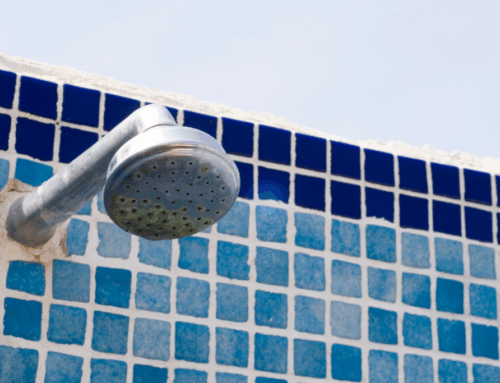There tend to be two areas where grout will fail in your shower. Most commonly the 90 degree angles where walls meet each other and the floor – especially on outside walls – develop cracks. Because grout has no elasticity, after a certain amount of movement cracks will begin to form. This is usually as a result of the house shifting, either due to settling or movement caused by seasonal temperature shifts.
Less common, but more frustrating, is when the grout between tiles starts cracking or powdering out. This is an indication that the bonding agent that makes the grout solid is failing. Tell tale signs of this issue are mildew in the groutlines, grout that comes out when scrubbed with a nylon brush, and very low grout lines under where the water strikes the floor.
Often, homeowners attribute grout failure to the grout not being sealed. In the majority of showers the grout isn’t sealed after installation and homeowners have no problems with grout failure. The failure is more commonly associated with problems at installation, especially for cement based grouts. The use of caustic cleaners like bleach or acid can also cause grout to fail over time.
There are several common issues that can occur when cement based grout is installed. It might have been mixed with too much or too little water, or if it is old the cement binders can migrate to the bottom of the bag and a scoop off the top may not set properly. If a grout haze remover is used after application to clean tiles – and isn’t neutralized – it can destroy the cement binders. Caustic cleaners like bleach or acid can do similar damage, especially with repeated use.





